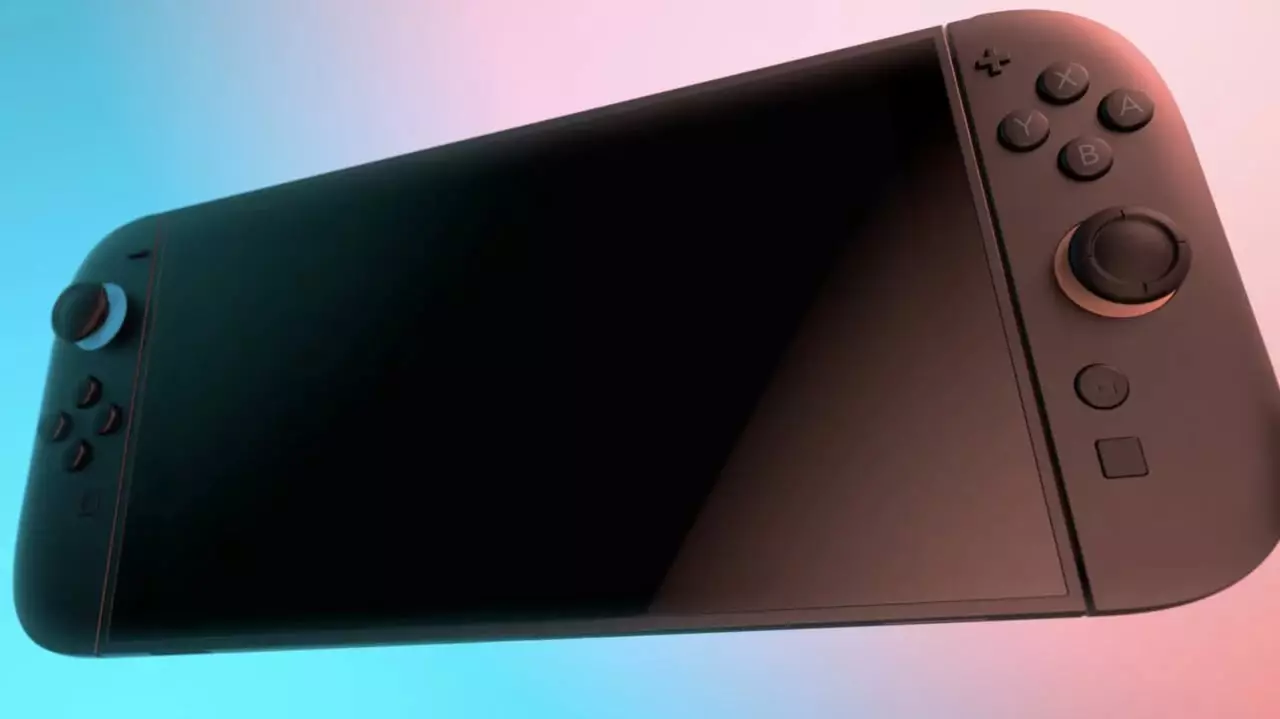As excitement around the upcoming Nintendo Switch 2 reaches a fever pitch, the gaming community is abuzz with speculation and anticipation. The recent announcements about the development kits have shed some light on what to expect, but they also raise significant concerns, particularly for smaller developers. The ability to produce engaging content for new hardware is critical, yet reports indicate that many developers remain in the dark. The current situation suggests that Nintendo is exercising a cautious approach in distributing its development kits, which raises questions about how inclusivity could impact the console’s ecosystem.
Selective Distribution: A Double-Edged Sword
Reports from trusted gaming industry insiders reveal that Nintendo is being highly selective about who receives its development kits. While larger firms like Ubisoft are already onboard with their kits in hand, the scenario looks bleak for medium to small developers. Insiders such as Digital Foundry’s John Linneman point out the disparity; many developers are left waiting, which could fundamentally skew the types of games that make it to market early on. Nintendo’s decision to be “selective” may stem from a desire to ensure quality and stability, but it could also stifle innovation. Smaller studios typically bring fresh ideas to the table, and their exclusion may result in a bland early library for the new system.
Concerns about Chaos and Catastrophe
The reasoning behind Nintendo’s cautious stance is equally interesting and alarming. Industry veteran Imran Khan noted that the Embracer Group missed out on development kits because Nintendo fears chaos stemming from potential studio closures. While the apprehension seems valid on the surface, one must wonder if such caution is ultimately detrimental. After all, creating barriers based on fears of a studio’s stability risks alienating a variety of creators who could bring something unique to the table. The balance of protecting corporate interests and fostering creativity is delicate, and Nintendo’s current strategy may end up being a hindrance rather than a safeguard.
Phased Rollout: A Lesson in Patience
The phased rollout of development kits brings another layer of complexity to the situation. Reports indicate that many third-party studios might not receive their kits until as late as June, and even then, they’re part of a larger three-phase plan launching over several months. For many developers, this forced delay is heart-wrenching. The gaming industry is notorious for its long development cycles, and every moment lost could mean missed opportunities. This worry is exacerbated by the fact that, according to some reports, certain development kits may be devoid of 4K output. How can developers create optimized content when they don’t even have consistent hardware to test against?
Speculation vs. Reality: The 4K Debate
While whispers about the Switch 2’s capability of 4K upscaling and new patents swirl around the internet, the reality is often shrouded in mystery. The ambiguity around the final specifications casts a long shadow over developers, leaving them to sift through rumors rather than concrete information. The potential for 4K output could mark a significant advancement for Nintendo, yet the lack of clarity around whether this feature is integrated into all development kits hampers the planning process for developers. They cannot effectively strategize their upcoming projects if they’re uncertain about the capabilities of the very hardware they’ll be designing for.
The Path Forward: A Waiting Game
With the Nintendo Switch 2 Direct broadcast set to unveil more details and potentially clarify the situation regarding third-party support, the entire industry holds its breath. The implications of the current distribution strategy will ripple throughout the gaming landscape for years to come. As developers await their turn at the Switch 2 altar, they are left grappling with questions of equity, opportunity, and the fundamental spirit of gaming—collaboration and creativity. If Nintendo fails to widen its approach to development kit distribution, they risk undermining their own vision of a diverse and vibrant gaming ecosystem. Only time will tell if the company can strike the right balance between caution and creativity, but one thing remains clear: the stakes have never been higher.

